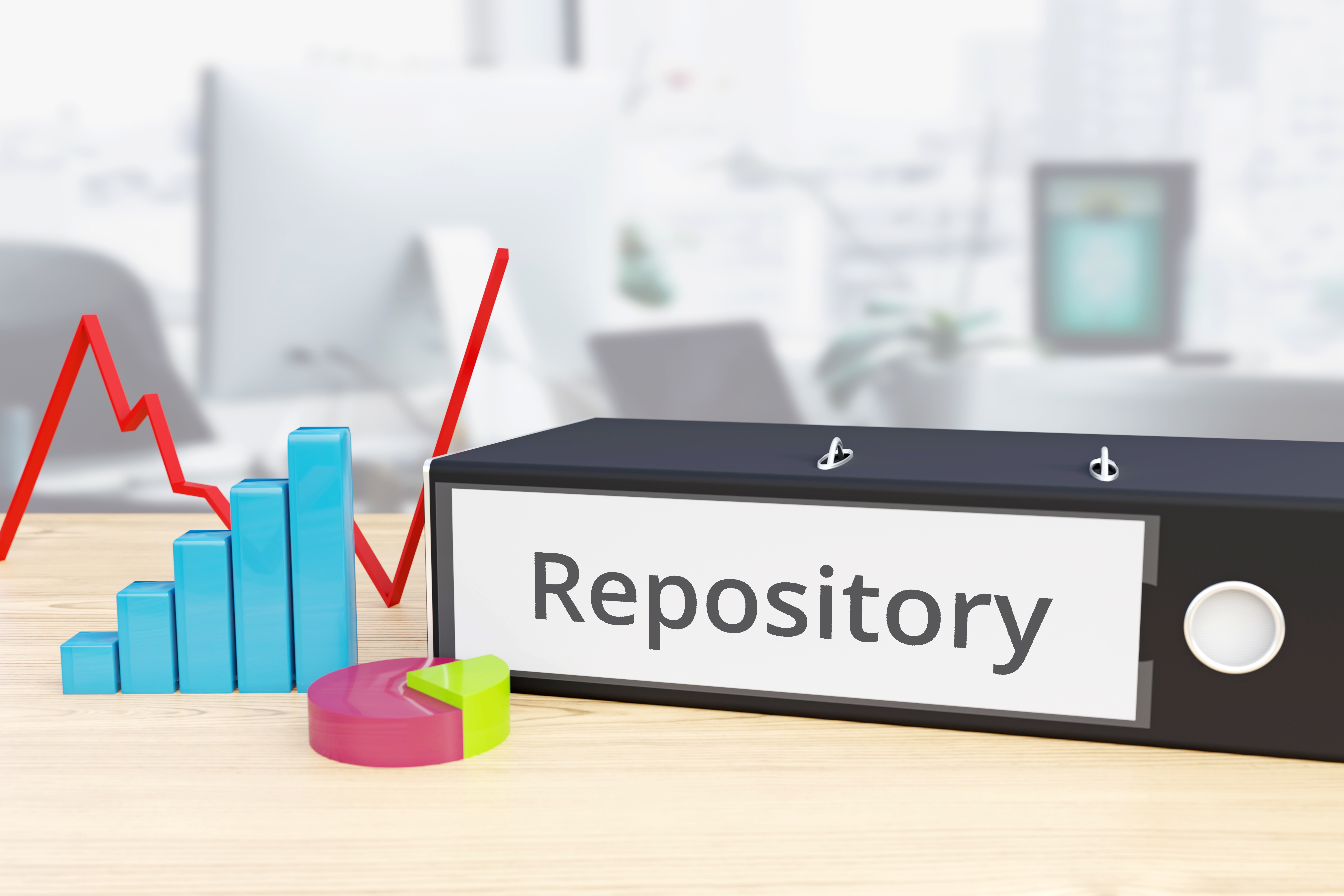The future direction of analytics and predictive metrics
In order for HR to play a key role as a strategic partner within the organization, it has to incorporate analytic decision-making capabilities to influence business strategy and become a high value added part of the company.
Below, Dr. John Sullivan shares key thoughts on workforce analytics that HR needs to consider:
1. Use HR metrics to improve business results – expanded HR metrics should have a measurable impact on business results.
2. Use metrics to improve talent decisions – metrics need to dominate talent management, so that the speed, accuracy and business impact of talent management decisions all improve, and major errors in talent decision-making decrease.
3. Realize that individual historical metrics don’t change behaviour - it’s important to realize that merely exposing a manager to a number (i.e. last year’s turnover was 12%) is not enough to change their behaviour or cause them to want to act.
4. Realize that speed requires more metrics - since early history, everything man has touched has gotten increasingly faster. And the faster the speed the greater the need for metrics. From a bike, to a car, to a plane and to a rocket ship, the number of metrics on the dashboard keeps increasing dramatically.
5. Shift to a databased decision making model - decide that all major talent decisions need to be made based on data, rather than relying on relationships, intuition, and past practice.
6. Realize that historical metrics have limited value – because the past is not always a very good predictor of the future, historical HR metrics need to be de-emphasized.
7. “So what” metrics must be minimalized – the reporting of different metrics need to be “tested” to ensure that low value “so what” metrics that don’t drive action are not reported to senior managers. Only strategic metrics need to dominate what is reported to executives. In the end there will be many fewer metrics reported, but they will be more impactful because they will drive action.
8. HR must “connect the dots” between HR performance and business results – HR must provide convincing evidence that shows that a change in HR performance or an HR action directly and positively impacts business results.
9. HR metrics must be directly tied to corporate goals - when a metric is reported, the corporate strategic goals that are the most impacted by it must be cited.
10. Converting HR metrics so that they reveal their dollar of business impact is essential – the universal way to report a metric that gets everyone’s attention is to reveal its dollar impact on corporate goals (revenue, profit, customer service etc.).
11. Include benchmark comparison numbers - individual numbers or metrics gain more meaning when benchmark comparison numbers are also included. Comparison numbers might include last year’s results, the average, the worst and the best results within the firm, or the best/worst results at any time within the entire industry.
12. Metrics must be prioritized and labeled – when you are reporting metrics to executives, they must be prioritized and labeled so that the most immediate and largest impact problems are listed first and labeled with a red “traffic light signal”.
13. Include a linear trend line - in many cases, including a linear trend line can quickly get a decision maker’s attention. So consider also including a simple “hockey stick” graph to visually show the upcoming growth rate of the problem or metric.
14. Calculate the ROI for HR programs - ROI is the most universal of all business measures. So rather than just focusing on costs, programs need to be evaluated on their ROI (which shows how much the benefits exceeded the costs).
15. Calculate the cost of delay and doing nothing - the cost of inaction and slow action needs to be calculated, so that decision-makers know that there is a real and significant cost associated with inaction.
16. Identify the accountable individual – because the decision-maker may require additional information or help, it’s important to list the internal individual expert that is accountable for the problem and where they can get additional information.
17. Include the root cause and “why metrics” – managers are more likely to take action if they know “why” a problem is occurring. Showing that you know the “root cause” of the problem will help to encourage managers to act. Knowing the root causes will also make it more likely that the decision-maker will select the right solution.
18. Provide a range of workable solutions to the problems that metrics identify - because predictive metrics reveal upcoming problems, in order to ensure that the right action is taken, decision-makers need to be provided with a range of “effective solutions” and the cost, time required, and historical probability of success of each.
19. Real-time metrics are also required – decision-makers need to know what’s happening “right now” so “real-time” data must also be provided so that managers can make better people management decisions.
20. Metrics must be predictive and forward looking - at least a third of the metrics must be forward-looking and forecast or effectively predict the future in a VUCA (volatility, uncertainty, complexity & ambiguity) world.
21. When it would likely occur – general warnings about upcoming problems usually result in little or no action. What will spur action is to attach a time period to the problem. For example, the turnover rate will begin to increase in the 1st quarter of next year and it will peak by June 1.
22. Where will it occur – a blanket warning covering all managers, business units or regions will generally not create a sense of urgency. However if you specify “who” (i.e. which manager, business unit, region or facility) will be most impacted by the problem, you increase the chances of getting an effected managers attention.
23. The probability of it occurring – including the probability that the predicted problem or opportunity will actually occur will allow leaders to gauge the likelihood of it actually happening.
24. Provide a JIT alert again right before the event - because predictive metrics can be ignored or forgotten, decision-makers also need to receive a “just-in-time” alert giving them a heads up that the problem is happening “now”.
25. Follow existing predictive models - the weather and the predictive policing models are excellent approaches to model your talent management efforts after.
26. Managers must be allowed to model and pre-test solutions – managers must be provided with models or simulations that allow them to pre-test individual decisions to reveal the positive and negative impacts of each one. ‘If – then’ scenarios can also be used to “test” whether individual decision-makers are prepared for upcoming problems.
27. Tie your metrics to rewards - gathering and reporting metrics can buy themselves drive action, but rewarding the meeting of your metrics goals further increases the likelihood that they will be met.
28. Also look for precursors - sometimes you don’t need predictive metrics if you pre-identify precursors that can effectively warn you about upcoming problems and opportunities. An example of a precursor might include refusing new projects and overtime opportunities right before an individual is going to quit.
29. Don’t forget cause and effect - although it is more difficult because it must be prearranged, the ultimate proof that something works is cause and effect, which can be demonstrated by using a split sample with a control group. Yes, it is the same method used to prove that drugs are effective and it can be adapted to Talent Management. For example, you can split a team randomly and then train a portion of a team (while holding back training from the control group), to see if there is a performance impact from the training. Many think that this approach costs more, but the opposite can be true if using the approach stops you from using talent approaches that seem to be working (using correlations) but that prove not to work under cause and effect testing.
30. HR must learn to hire those with analytics skills - rather than trying to convert those in HR that hate math, all new hires in HR must have an analytics competency.
Used with the permission of Dr. John Sullivan, Professor of Management, San Francisco State University and a thought leader on strategic talent management and human resource practice. For more information, email [email protected] or visit www.drjohnsullivan.com
 CA-EN
CA-EN UK
UK AU
AU US
US NZ
NZ PH
PH ZA
ZA SG
SG HK
HK


